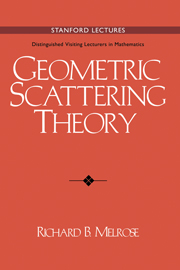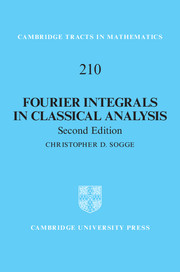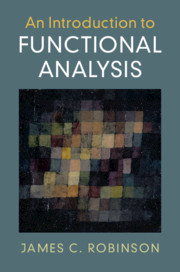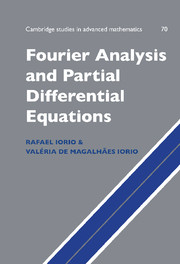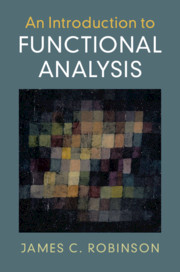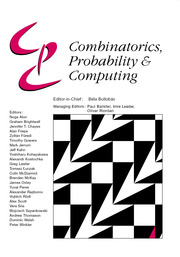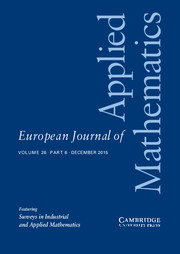Geometric Scattering Theory
These lecture notes are intended as a non-technical overview of scattering theory. The point of view adopted throughout is that scattering theory provides a parameterization of the continuous spectrum of an elliptic operator on a complete manifold with uniform structure at infinity. The simple and fundamental case of the Laplacian or Euclidean space is described in the first two lectures to introduce the basic framework of scattering theory. In the next three lectures various results on Euclidean scattering, and the methods used to prove them, are outlined. In the last three lectures these ideas are extended to non-Euclidean settings. These lecture notes will be of interest to graduate students and researchers in the field of applied mathematics.
- Author is a leading international figure in applied mathematics
- Lectures are a concise introduction to an expanding area
- First volume in a subseries of the Stanford/Cambridge programme
Reviews & endorsements
' … overall the book is of interest for students and researchers if they wish to obtain an overview of this theory.' O. Röschel, International Mathematical News
Product details
September 1995Hardback
9780521496735
132 pages
229 × 152 × 11 mm
0.367kg
13 b/w illus.
Available
Table of Contents
- List of illustrations
- Introduction
- 1. Euclidean Laplacian
- 2. Potential scattering on Rn
- 3. Inverse scattering
- 4. Trace formulae and scattering poles
- 5. Obstacle scattering
- 6. Scattering metrics
- 7. Cylindrical ends
- 8. Hyperbolic metrics.

